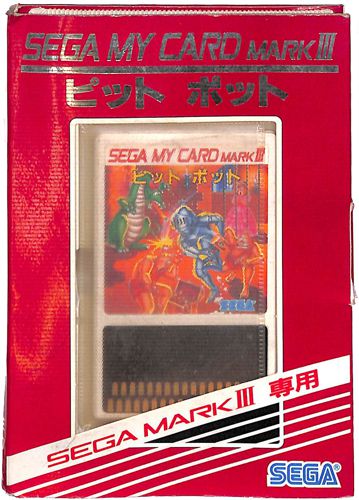
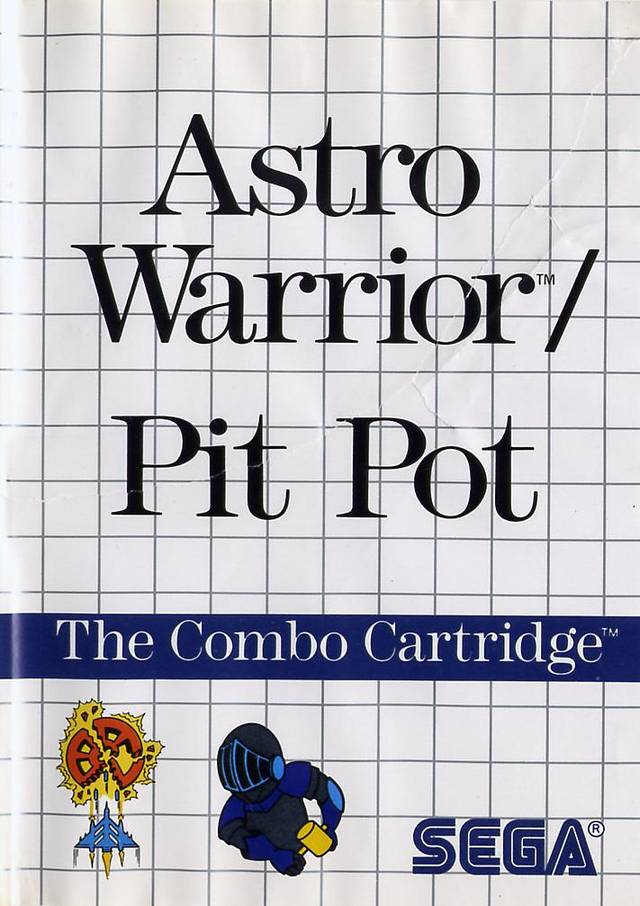
PLAYERS: 1-2 alternating
PUBLISHER/DEVELOPER: Sega
GENRE: Dungeon Crawler
RELEASE DATE: 12/14/85 – (JP), 1986 – (EU)
Dungeon crawlers, am I right? Pit Pot‘s no Shining in the Darkness or anything, but you’ll still want a fine quill pen and some graph paper if you hope to make it out of Expert difficulty without the princess coppin’ an attitude.
In Pit Pot, you play as a knight exploring an enchanted castle for treasure, adventure, and the fair hand of “the princess.” The castle has a king’s ransom of rooms, many of which have up to four entrances and exits, and all of which have at least one piece of treasure. Collect them all, of course: loot and plunder is a rich knight’s game. But you’ll especially want to collect the cross, a vial of potion, and a ring.
The cross prevents the princess from turning into a witch, the potion wakes her up (sleeping on the job, just like every princess), and the ring, well – if you like it, then you’re gonna put a ring on it. Failure to have collected all of the treasure upon finding the princess results in her turning her back on you and your immediate death. There’s no way to know if you have all the treasure when you approach the princess, either – no “Items Left” menu or on-screen counter. When you see her, hope to everything sacred and pure that you have it all, or your Love will indeed be over.
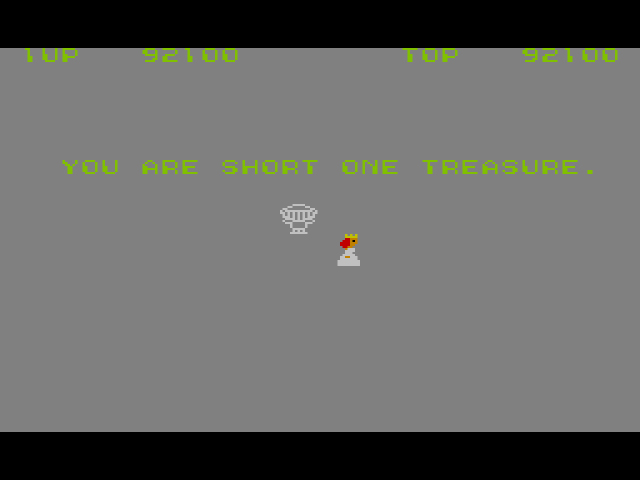
What makes Pit Pot different from other early dungeon crawlers are the stone floors that make up each room. These floors can be bashed away with your hammer, the knight’s apparent weapon of choice (were all the swords taken?). Sometimes you’ll need to destroy sections of the stone floor in order to make hidden treasures appear. Other times, the stone floor pattern will not allow you to fully explore the room – usually because of a special treasure that can only be accessed from one direction. When this happens, go around to other rooms and eventually circle your way back.
This is where your quill pen and graph paper come in handy: to remind you of where you came from, and to note if there’s any treasure still waiting to be collected in a certain room. Also, if you’re playing on any level other than Practice, trolls and dragons will crowd the floor. While you can destroy them atop the stone floor, be aware that this will create holes which the knight can fall into. Better to dispose of the trolls on indestructible tile.
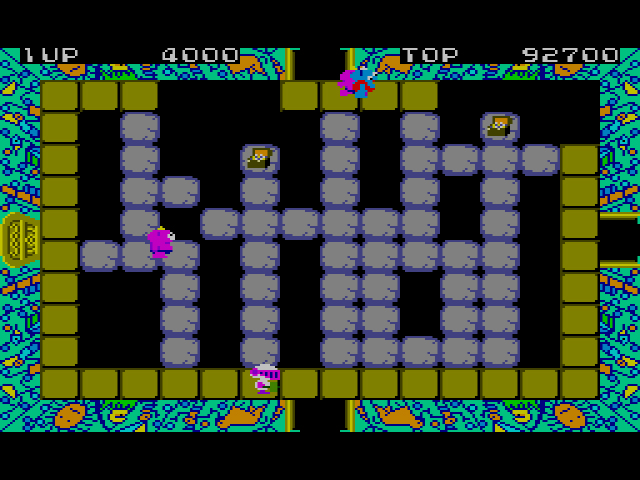
There’s also an Edit mode, which was taken out of Pit Pot upon its Western release. Players outside of Japan aren’t missing much, though: the mode only allows you to create one room, not a full dungeon. Once your room has been created, the game asks you to pick your difficulty. Do so, and your masterful creation will be tacked onto the pre-generated map layout that accompanies whatever difficulty you chose. Now, I understand that even on the Mark III/Master System, RAM was limited, but if you’re gonna include an Edit mode in your game, make sure it’s a worthwhile endeavor, not a disappointing tease.
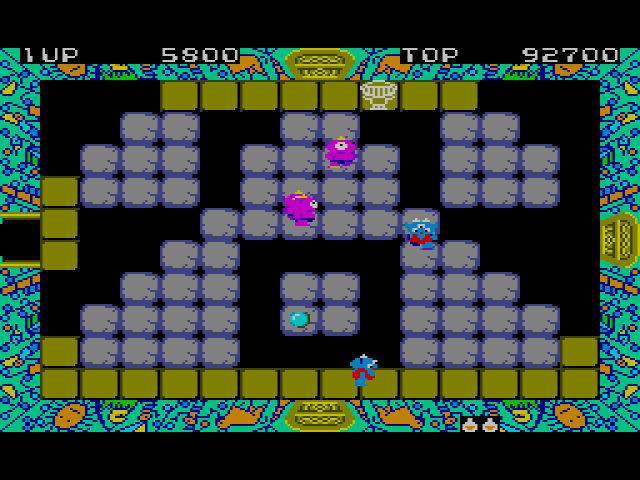
Each of the four difficulties has slightly varied, increasingly difficult maps, perfect for easing the player into the game. One should start on Practice difficulty to get a feel for the game’s mechanics and layout, then play Beginner to dive into Pit Pot proper. Average and Expert continue the madness, of course, but all four difficulties are more than conquerable if you keep track of where you’ve already explored. Pit Pot isn’t the most challenging game for those already accustomed to dank climates, understated puzzles, and confusing maze layouts, but it is a worthwhile introductory dungeon crawler for any aspiring explorers.
B-

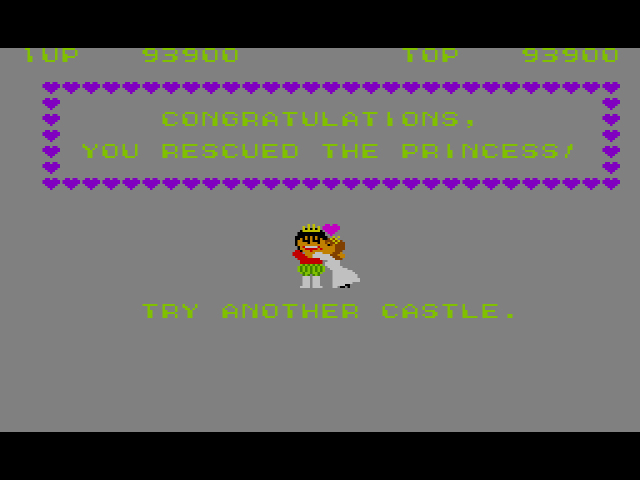
2 replies on “Pit Pot (Mark III / Master System, 1985-86)”
The plot of this one has a more classic NES feel to it – dungeons, princesses, etc. I don’t think Sega had found its niche this early on.
It’s funny that you say that it is not one of the most challenging games when until 2012 no one on the internet had been able to finish it in expert mode.